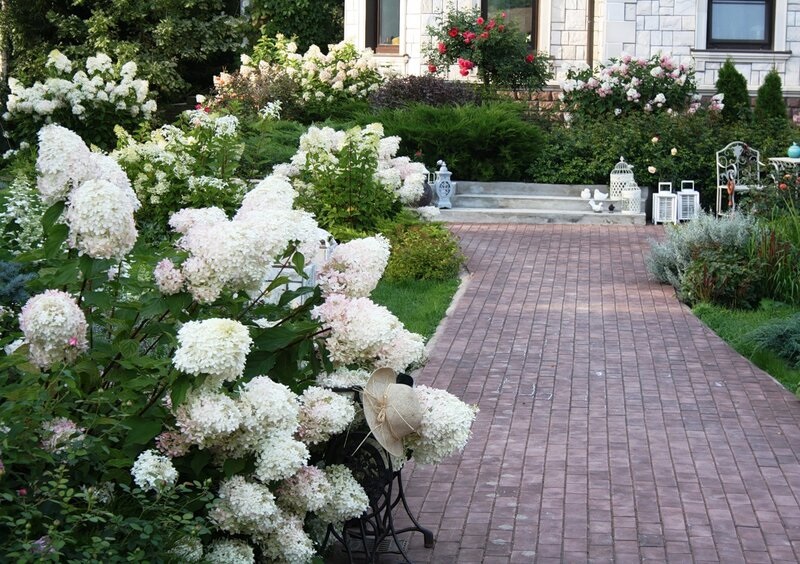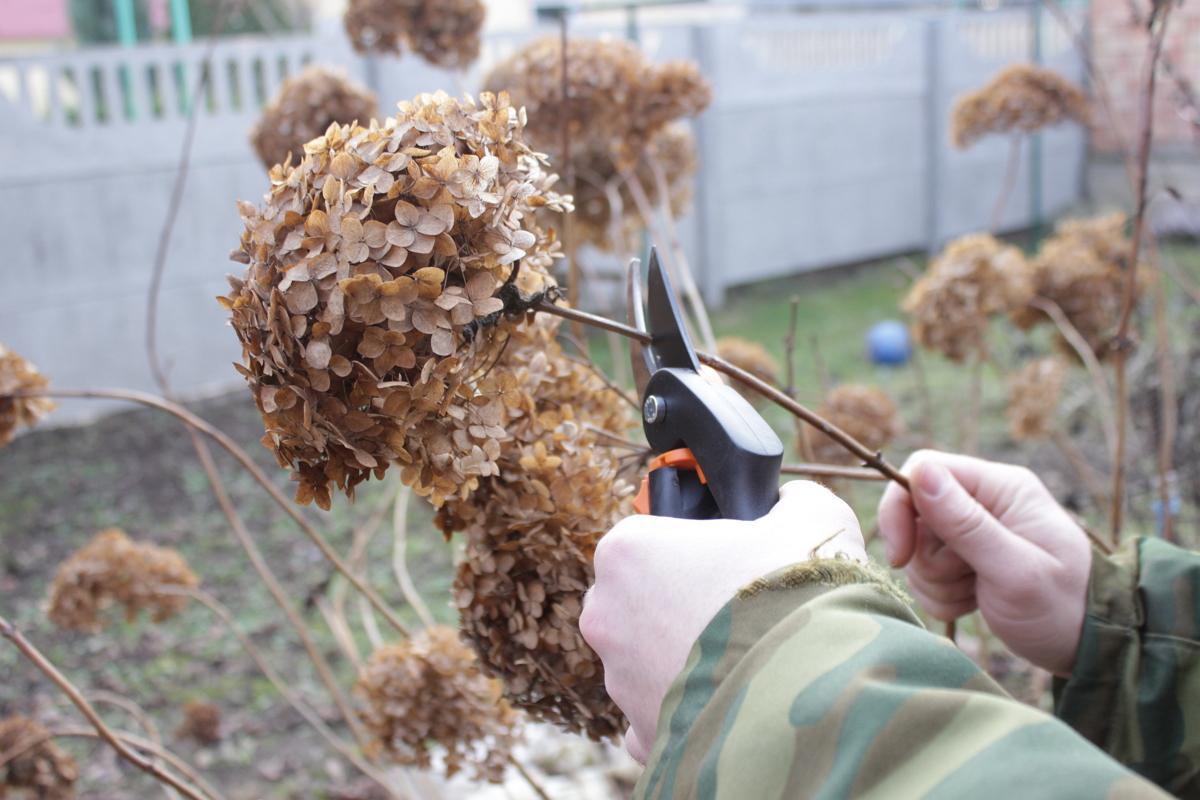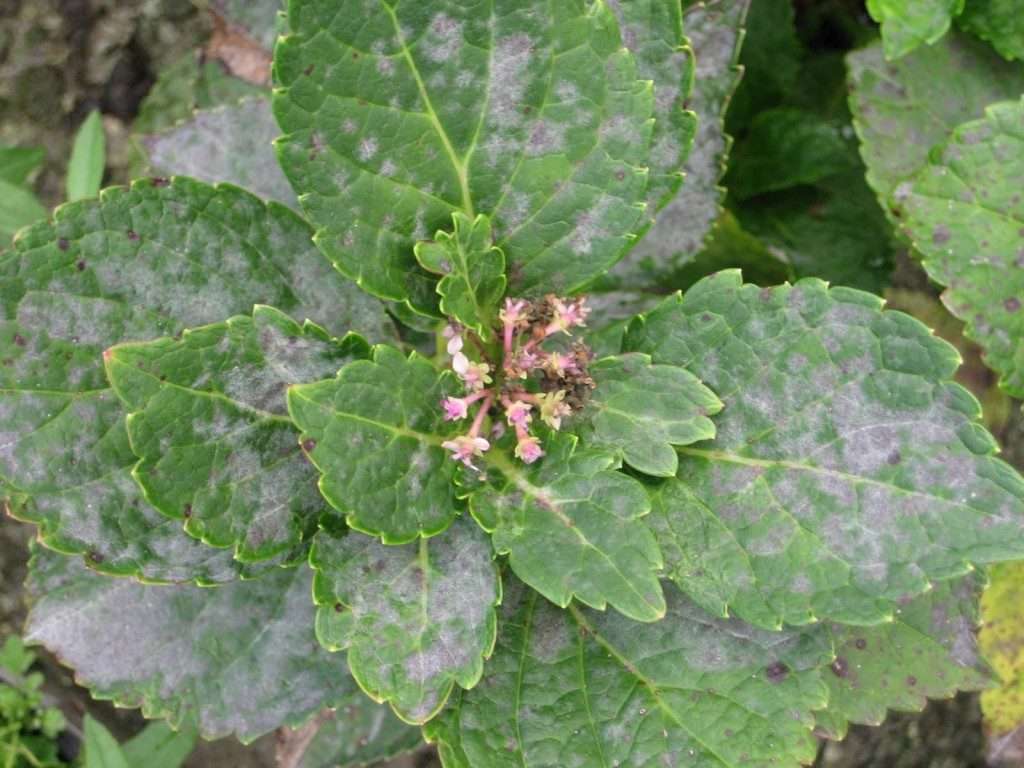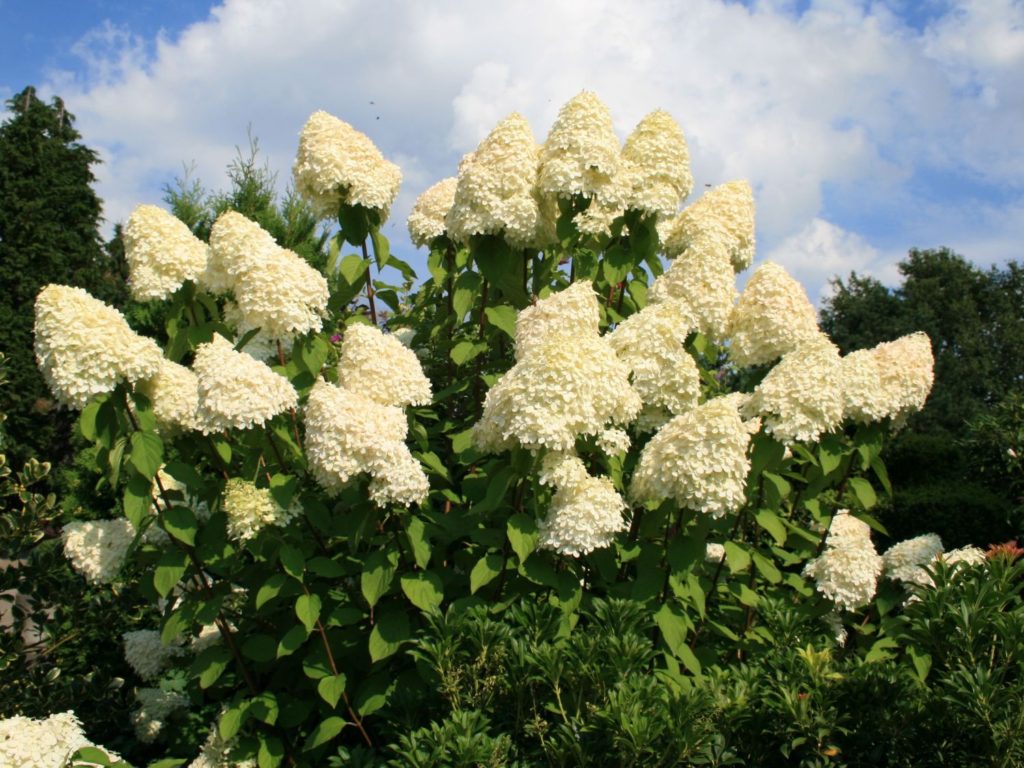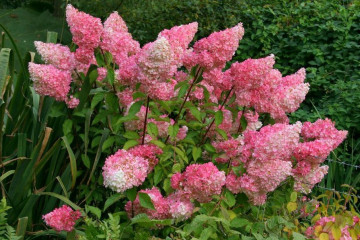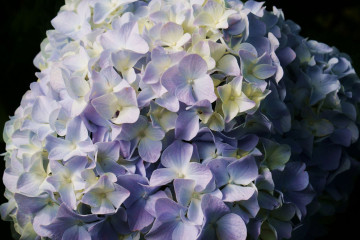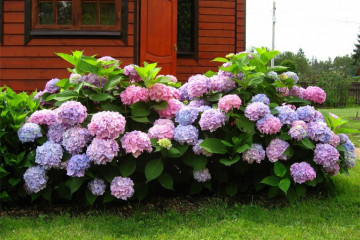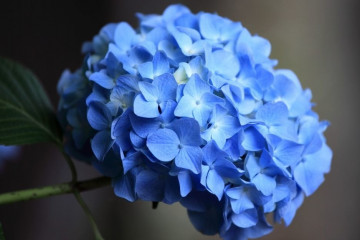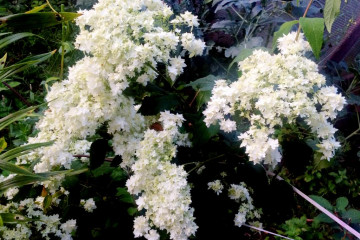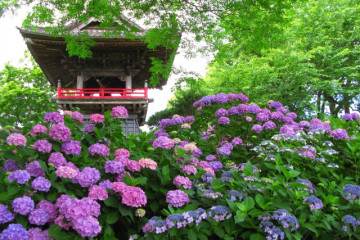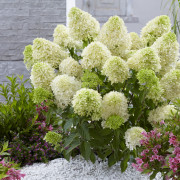Hydrangea Grandiflora - description, planting and care in the open field
Content:
Hydrangea Grandiflora is a highly decorative plant that is widely used to decorate parks, gardens, backyards, alleys. The flower has several beautiful varieties: paniculate, tree-like and paniculata.
Description of the variety and its characteristics
Hydrangeas are decorative deciduous shrubs, their homeland is the territories of East Asia and the islands of Japan. This ancient variety has been known for a long time. According to the description, the Grandiflora panicle hydrangea is a tall shrub with lush and dense flowering. It grows in height up to 2.5 m.The crown of the bush is very branched and spreading, reaching 3 m in diameter.
The oval leaves of the bush are medium in size - from 12 to 14 cm in length. There are small irregularities and roughness on their surface, since the front part of the plates is densely covered with small fibers.
Large, elongated inflorescences are composed of small white flowers. During the season, the shade of the buds changes: at first they are creamy, then snow-white, and closer to autumn they acquire a pinkish color, which quickly changes to reddish-green.
The history of the origin of the variety
In Japan, the cultivation of Grandiflora hydrangeas to decorate gardens, parks and plots around the house has been practiced since ancient times.
Features of the variety
Hydrangea paniculata Grandiflora has many advantages:
- blooms profusely and brightly;
- has a fast growth, can gain a height of 20-25 cm in one season;
- resistant to many diseases;
- rarely affected by pests.
Winter hardiness
Due to its resistance to frost, Grandiflora can also be grown in the northern regions. The bush can withstand cold snaps down to -30 degrees.
Planting and further care
The features of planting and care in the open field for the hydrangea Grandiflora treelike and paniculate do not differ. In general, flowers do not require increased attention to themselves and are well adapted to the surrounding conditions.
Selecting and preparing a landing site
Hydrangeas are considered light-loving plants, but for planting you need to choose a place with diffused light. Leaves and buds can burn out and lose their decorative appearance under the bright sun. It is better to choose the soil of medium acidity and high air permeability.
Planting a flower is carried out both in autumn and spring. If the bush is planted in the spring, you should dig it up in the fall and add organic matter. In the spring, the soil is loosened again and some mineral fertilizers are added.
How to plant
Step-by-step algorithm for planting hydrangea seedlings in open ground:
- Dig holes at a distance of 2 m from each other and 50 cm deep.
- Cover the bottom of each hole with a five-centimeter layer of drainage material: expanded clay crumbs or small pebbles.
- On top, add the same layer of soil mixture prepared from turf, humus and peat.
- Carefully position the seedling and straighten its roots.You do not need to roughly pull and apply them to the ground, because of this, mechanical damage may appear, through which infection gets. As a result, the root system may die.
- Cover the bushes with the remaining substrate, filling all the voids between the roots.
- Lightly tamp the soil around the trunk circle with your hand and pour soft water at room temperature.
Watering and feeding
Water the plant once every 5-7 days. For each bush, about 2 buckets of soft clean water at room temperature are consumed.
Organics together with mineral fertilizers are applied 4 times in one season:
- after warming up the soil, before the appearance of kidneys,
- before blooming buds;
- in July;
- after the full flowering of the bush.
Pruning
In the spring it is necessary to remove old shoots. If the bush is adult, then some branches are cut by a third to rejuvenate the flower.
Preparing for winter
The variety has a high frost resistance, but in northern latitudes it is recommended to cover it for wintering. To do this, the trunk circle is covered with sawdust and dry foliage, and the upper part of the bush is wrapped in dense material.
Reproduction
Hydrangeas are propagated by vegetative methods, among which grafting and dividing the bush are especially popular.
To root cuttings, they must first be cut from healthy adult shoots. The procedure is carried out in the summer, around the end of June or July. The upper part of the stem is cut off with a length of 14-18 cm, then the cuttings are buried in a wet substrate. From above they are covered with a glass or plastic dome.
Another popular method is dividing a mature bush. The procedure should be carried out in the spring before the start of active growth and sap flow, or in the fall after full flowering. To do this, pull out the bush along with the roots and earth. With a sharp knife, divide it into 2-4 equal parts and plant each in a separate place.
Diseases and pests, ways to deal with them
Grandiflora can sometimes get sick with powdery mildew, which is caused by worms - white round insects that cover the surface of the leaves with white mucus. Soon the liquid solidifies and turns into a whitish coating, which turns gray and black over time. At the first stages of the manifestation of the disease, it is enough to wash the bush under the shower, but it is more effective to use fungicides and insecticides.
Of the pests, the bush can be disturbed by the leaf aphid, which is located on the leaves and sucks the juices out of it. The plant withers and fades, its buds begin to fall off. When fighting parasites, it is better to use Actellik.
Use in landscape design
Hydrangeas have been used in landscape design for a very long time. A highly decorative flower looks beautiful with almost all plants. In parks, it is planted next to trees and large bushes. Hydrangea tree-like Grandiflora favorably emphasizes flower beds and flower beds with its elegant appearance.
The large-leaved species (Hydrangea Paniculata) is often planted with conifers: thuja, fir or juniper. To decorate the garden, you can place the Grandiflora Paniculata hydrangea next to fruit and berry bushes.
Hydrangea Grandiflora is a popular ornamental plant that is widely used in landscape design. An unpretentious flower is easy to propagate and plant in open ground, as it quickly adapts to new conditions and rarely gets sick.
